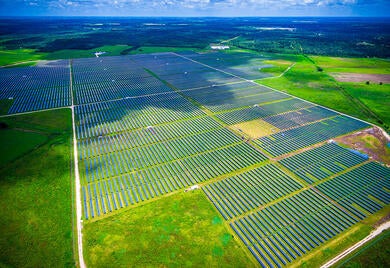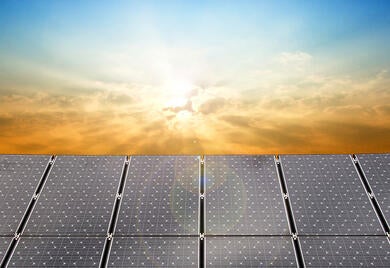Posts by Energy

Water Management: The Key for the Successful Hydroelectric Generation in Norway
This Nordic country's conditions for generating clean energy based on hydro sources are nearly perfect. A large part of its territory is made up of alpine plateaus, with altitudes of nearly one thousand meters above sea level.

Four countries leading in solar in Latin America and the Caribbean
Nearly half of the global electric power capacity could come from solar energy by 2025, according to McKinsey & Company. Multiple Latin American and Caribbean countries, benefitting from exceptional resources and evolved regulatory frameworks, have seen rapid growth in solar energy in the last few years. Utility scale projects are now considered commercially viable and receive private financing, while the application of distributed solar is growing quickly. However, falling solar prices are squeezing the industry, and macroeconomic uncertainty will continue to test its strength. Meanwhile, developers are now consolidating to gain market share and achieve profitability.

Four reasons why the Caribbean private sector must invest in renewables
In the Caribbean, the year-round sunshine and extremely favorable insolation levels have not been enough to spur significant investments in renewable energy. Now, a year after the signature of the Paris Agreement, investments in solar energy seem more appealing than ever before, mainly due to four reasons:

Local investors jumpstart capital markets and green energy matrix
Last night’s Latin Finance Deal of the Year Awards dinner in New York City highlighted some non-traditional deals. The Best Renewable Energy Financing Award went to Colonia Arias – a Uruguayan wind farm project with a unique structure to both tap local capital markets and mitigate the effects of climate change.

Can an entire city switch to LED lights?
Over the past few years, LEDs have become increasingly common, as they provide long-lasting performance for a fraction of the energy used by traditional lights. Think of the latest generation of LED TVs, modern car lights or even household light bulbs. Many LEDs today have an expected lifespan of over 20 years while using 80% less energy to produce the same amount of light. With savings like this, imagine switching over an entire city to LED lighting.

The best of 2015: How to reduce energy costs and become more competitive
These days reducing production costs to increase competitiveness is a must. In a report titled Climate Solutions, the World Wildlife Fund notes that the world could cut energy consumption 40 percent by 2050 through improving energy efficiency and energy conservation. But when looking for alternatives that don't sacrifice the quality of raw materials, not many entrepreneurs realize that a change in energy policy could save them a considerable amount on their energy bills.
